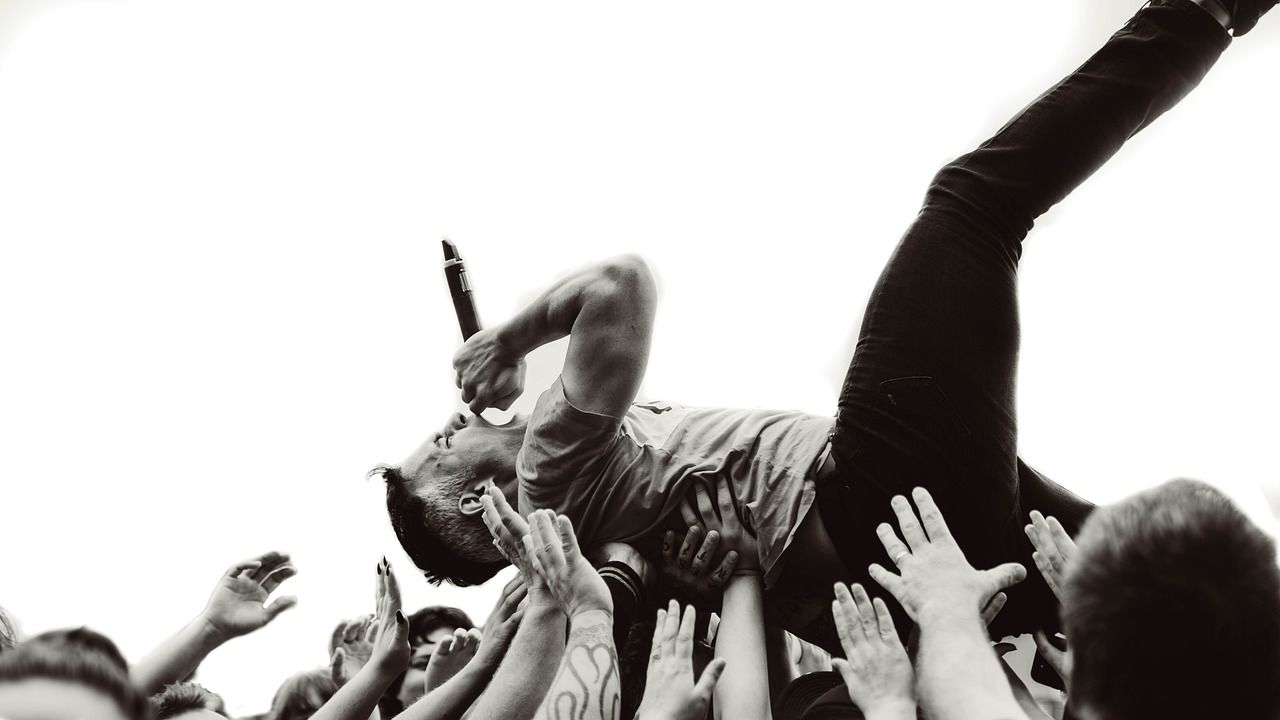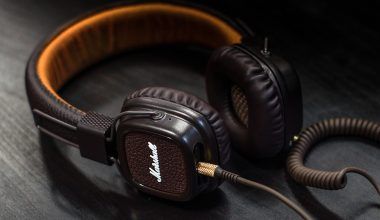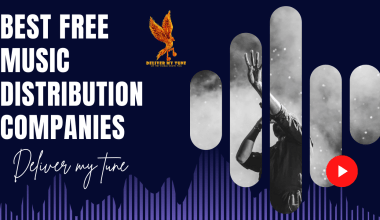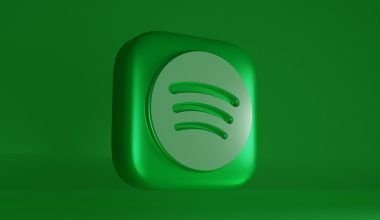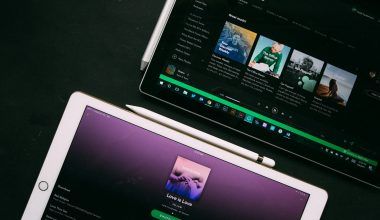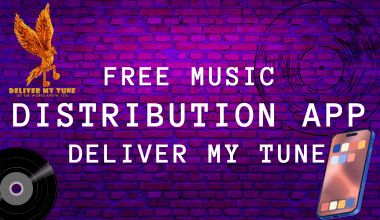If you’re an independent artist, you might be wondering if you can distribute your track on all digital stores without a distributor. The good news is, yes, you can! In today’s digital age, there are plenty of ways to get your music out there without relying on a third-party service. It may take a little extra effort, but it’s completely doable and can even save you money in the long run.
Understanding Music Distribution
Before diving into how to distribute your track on all digital stores without a distributor, let’s first understand what music distribution actually means. Music distribution is the process of getting your music onto platforms like Spotify, Apple Music, Amazon Music, and more. Traditionally, artists had to work with record labels or distributors to get their music on these platforms. However, with technological advancements, independent artists now have more control than ever.
Why Distribute Without a Distributor?
You might be wondering why someone would want to distribute music without a distributor in the first place. Here are a few reasons:
- Cost Savings: Most distributors take a cut of your earnings, which can add up over time.
- Full Control: You get to decide how and where your music is distributed.
- Direct Engagement: Having direct control over your releases allows you to connect with your audience in a more personal way.
- No Delays: You won’t have to wait for a third party to approve your music.
Steps to Distribute Your Track on All Digital Stores Without a Distributor
1. Create High-Quality Music
The first and most important step in music distribution is ensuring your music is high quality. Whether you’re recording at home or in a professional studio, make sure your track is well-mixed and mastered. High-quality music is more likely to be accepted by platforms and appreciated by listeners.
2. Use Direct Upload Options
Some major platforms allow artists to upload their music directly without needing a distributor. Platforms like SoundCloud, Bandcamp, and Audiomack let you share your music directly with fans. In some cases, Apple Music and Spotify have also offered direct upload features for independent artists.
3. Set Up Your Own Website
Having your own website gives you full control over your music distribution. You can sell your tracks directly to fans, build an email list, and promote your music without any middlemen. Websites like Bandzoogle or Wix make it easy to create a professional-looking site without coding experience.
Social media is a powerful tool for independent artists. Platforms like Instagram, TikTok, and Facebook allow you to share snippets of your music, engage with fans, and even sell directly through social commerce features.
5. Distribute Through Free Platforms
There are many free platforms that allow you to distribute your track on all digital stores without a distributor. Websites like Soundrop and Amuse offer free distribution services with minimal fees. You can also explore YouTube Music by uploading your tracks as videos.
6. Partner With Bloggers and Influencers
Reaching out to music bloggers and influencers can help you gain exposure and increase your music’s visibility. Many influencers are happy to promote indie artists, especially if your music aligns with their brand.
7. Optimize for Streaming Platforms
If you’re uploading music yourself, ensure your metadata is correct. This includes the track title, artist name, genre, and cover art. Metadata helps streaming platforms categorize your music correctly and increases your chances of being discovered.
8. Consider Licensing Your Music
Licensing your music to platforms like Sync Licensing or Music Libraries can also help you distribute your track on all digital stores without a distributor. This approach allows your music to be used in films, commercials, and TV shows, broadening your audience.
9. Engage with Online Communities
There are plenty of online forums and communities where indie artists share tips and opportunities. Platforms like Reddit, Discord, and Facebook groups can help you connect with others who have successfully distributed their music independently.
10. Monitor and Analyze Your Performance
Once your music is out there, it’s important to track your performance. Use analytics tools to see where your listeners are coming from and which platforms are giving you the best results. Google Analytics, YouTube Analytics, and social media insights can provide valuable data.
Challenges You Might Face
While it’s exciting to distribute your track on all digital stores without a distributor, it does come with a few challenges. These can include:
- Time-Consuming: Managing everything yourself can be time-intensive.
- Limited Reach: Without the connections that distributors offer, it might take longer to grow your audience.
- Platform Limitations: Some platforms might not allow direct uploads, which means you’ll have to find workarounds.
Conclusion
Distributing your track on all digital stores without a distributor is a rewarding experience that gives you complete creative freedom and financial control. It may require extra effort, but the payoff can be significant. Whether you choose to leverage free platforms, create your own website, or partner with influencers, the key is persistence and strategic promotion.
If you’re an independent artist willing to put in the work, you can successfully get your music on major platforms without relying on a traditional distributor. So go ahead, take control of your music career, and start sharing your tracks with the world!
Related Articles:
For further reading, explore these related articles:
- How to Release Your Song on All Streaming Platforms as an Independent Artist
- How to Release Your Song on All Streaming Platforms in 2025
For additional resources on music marketing and distribution, visit DMT RECORDS PRIVATE LIMITED.
